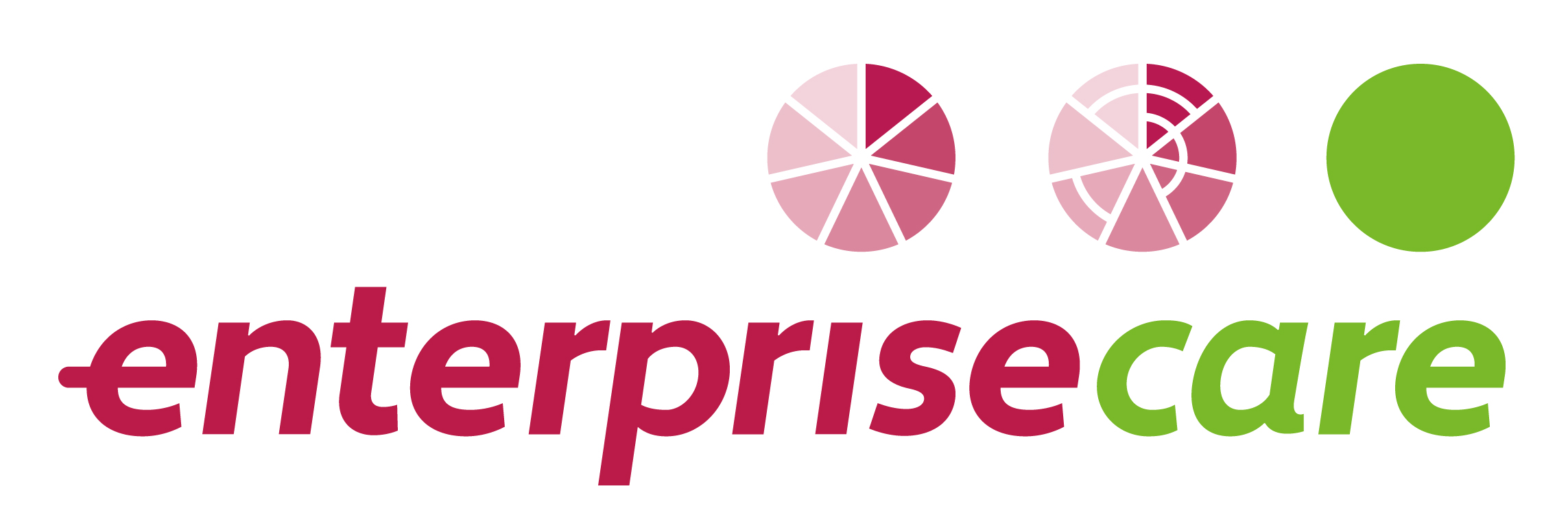The Benefits of a Well Designed Salary Program
The Challenge
The challenge for many organisations is developing and managing a salary and reward program that’s aligned to the organisation’s:
- strategic objectives,
- values, and
- culture.
Done well, a salary and reward program can help to retain and motivate staff to deliver the organisation’s sustainable success.
Key Characteristics
A well designed salary and reward program needs to be:
- Aligned – consistent with the organisation’s purpose, mission and objectives and re-enforces that position
- Equitable – the approach addresses each employee’s capabilities, experience and knowledge which are part of their role and does not disadvantage any employee group.
- Adaptable – responsive to the changing external circumstances, as well as employee requirements.
- Clear – transparent remuneration management includes benchmarking of positions both internally and externally, with clarity of expectations and entitlements for staff. An external independent benchmarking exercise can ensure market relativity, increasing ability to retain valued employees.
- Affordable – viable implementation over both short and long term, while ensuring that the organisation remains competitive while meeting its mission and objectives
- Measurable – employee performances need to be evaluated against role requirements to highlight any development opportunities and identify staff/behaviours that have a materially positive impact/influence on both colleagues and organisation objectives.
Performance vs. Remuneration Review
Both performance and remuneration reviews are ideally undertaken annually. In the case of the organisation’s remuneration review, it’s essential that each of the above key characteristics are included as part of that process. What this does is to help ensure that the review does not create or cause any negative outcomes for the organisation’s culture. The opposite, in fact, should be achievable if the review is carried out openly, objectively, and professionally.
Both performance and remuneration reviews are important in their own way as each addresses distinctive but interrelated objectives.
Aim of Performance Review
The performance review seeks to reveal an employee’s achievements (the what/impact) as well as how the employee undertook their specifically assigned responsibilities (the how/behaviours). Its purpose is to assist employees in identifying their strengths and development opportunities, to articulate and share their personal goals, as well as an opportunity to offer constructive and valuable feedback.
It is worth noting that many managers can feel that the task of doing a performance review is beyond them and so it is too often poorly executed. Conducting a valuable, constructive and motivating performance review is a skill that managers need to be empowered with. Without this skill, it can be a daunting task for the manager and have the undesirable effects of de-motivating and disheartening an employee.
Aim of Remuneration Review
On the other hand, a remuneration review is concerned with employee compensation and reward entitlements. A well-defined remuneration review considers remuneration from two distinctive perspectives:
- internal relativity – are staff paid fairly and equitably within the organisation based on their skills, responsibilities, experience level and impact, regardless of personal characteristics, negotiation skills etc.?
- external benchmarking – is the remuneration for this role comparable to how this role is remunerated in like organisations across Australia?
Remuneration reviews offer a chance to assess whether the payments reflect the individual’s performance/impact on the organisation.
When working in alignment, these combined reviews can support high level performance and retain a motivated/high impact workforce. These can be powerful drivers of an employee’s personal & professional growth, as well as a key contributor to the organisation’s success.
The Employee Perspective
From the employee’s perspective, there is a reasonable expectation that the organisation’s remuneration strategy is:
- soundly based
- focussed on the equitable treatment of all employees
- capable of assessing an employee’s value to the organisation’s strategic objectives
- reviewed on a regular basis to ensure both internal and external relativity
- connected to performance so that positive impact is considered and valued.
The concern in the present climate is that an employee may feel they are less valued when underpaid compared to others either internally or in the broader market. This goes to a sense of worth of the individual. Of course, in addition to any actual salary amount, there are other factors that need to be considered and managed. These include work-life balance, the organisation’s culture and reputation, professional opportunities, as well as job satisfaction aspects.
The Way Forward
The key in all organisations is to achieve a transparent and holistic approach in addressing the remuneration compensation and reward program. In essence, it needs to be designed to strengthen of the organisation’s mission, purpose and values. It should also be capable of motivating employees so that they are likely to reach their performance potential. By maximising employee’s potential, then it is highly likely that the organisation will successfully achieve its strategy plan objectives.
How we can help you
If you are looking for support or advice to optimise the benefits of your salary and rewards program, please email Olivia Sporton at sportono@enterprisecare.com.au. Olivia would be happy to discuss how we can assist in more detail.

